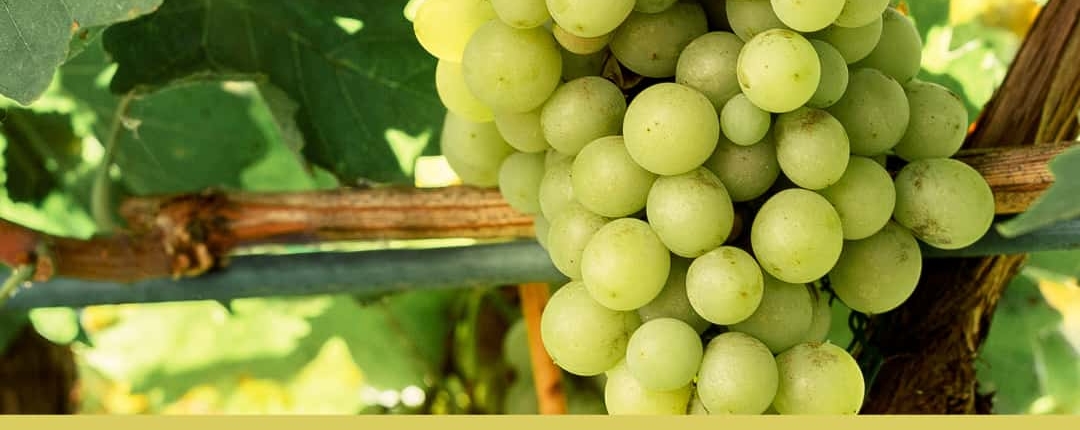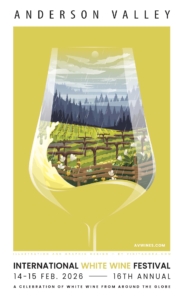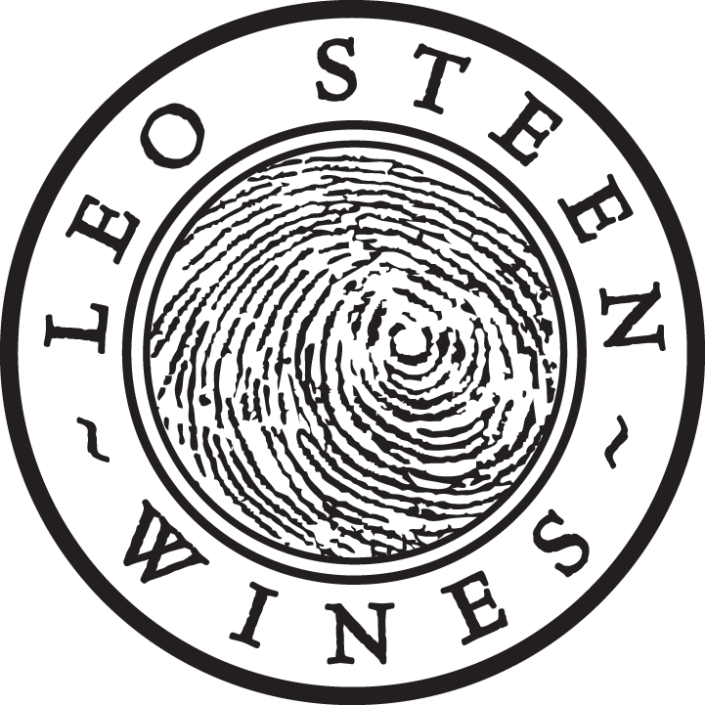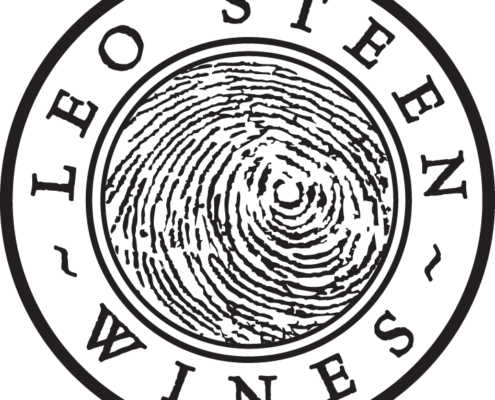Characteristics of Chenin Blanc
Chenin Blanc is loved by winemakers for its adaptability to a variety of climates and soils, which makes it one of the most expressive white wine grapes. Depending on where it is grown and how it is produced, Chenin Blanc can range from bone-dry to sweet, sparkling to still. Its hallmark traits often include vibrant acidity, a broad spectrum of fruit flavors, and a distinct mineral backbone. Notes of quince, green apple, honey, pear, and chamomile are common, with richer styles offering hints of tropical fruit, beeswax, and almond.
Regional Expressions
- Loire Valley, France
Chenin Blanc’s spiritual home is the Loire Valley, where it has been cultivated for centuries. The wines here are incredibly diverse:
- Vouvray produces everything from dry (sec) to sweet (moelleux) styles, often with remarkable aging potential.
- Savennieres is known for powerful, structured, and dry Chenins with intense minerality.
- Coteaux du Layon showcases the grape’s ability to produce sublime sweet wines, often with botrytis influence.
- South Africa
South Africa is the world’s largest producer of Chenin Blanc, where it is affectionately called “Steen.”
- Wines often exhibit tropical fruit flavors like guava and pineapple, alongside refreshing acidity and a honeyed finish.
- South African Chenins range from bright, unoaked expressions to richer, barrel-aged styles that highlight the grape’s complexity.
- California, USA
In the New World, California winemakers have embraced Chenin Blanc’s potential for expressing terroir.
- Leo Hansen is at the forefront with his celebrated Chenins, particularly his Saini Farms Chenin Blanc from Dry Creek Valley. This wine reflects the region’s sunny yet cool climate with balanced acidity and layers of stone fruit and citrus. His Jurassic Park Vineyard Chenin Blanc, grown on fossil-rich limestone soils in Santa Ynez, offers a unique mineral-driven profile with notes of white flowers and a saline finish.





